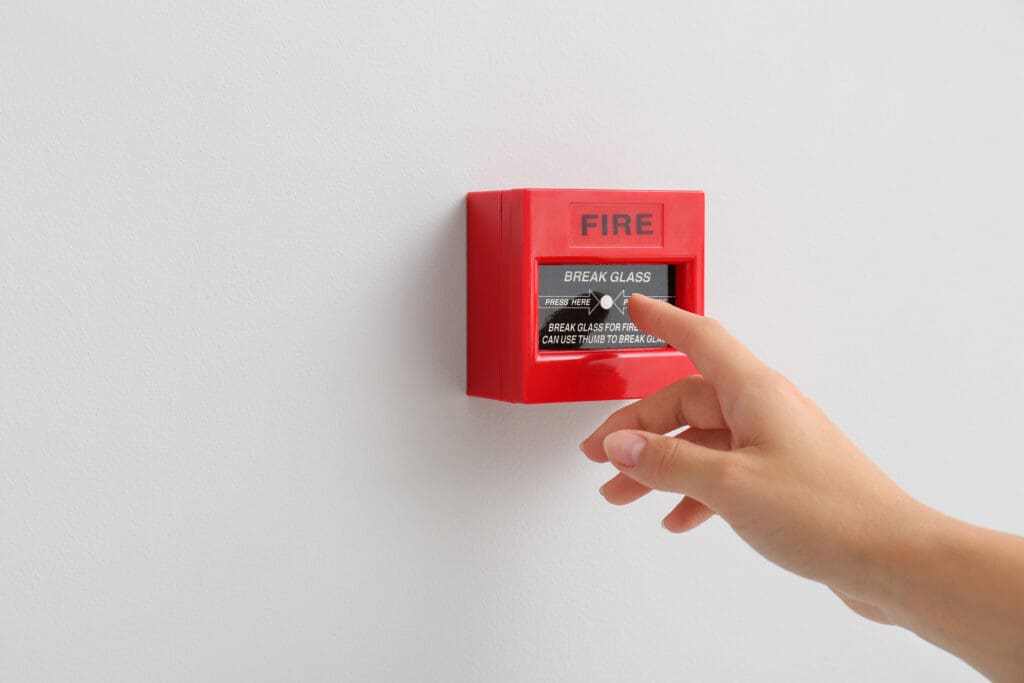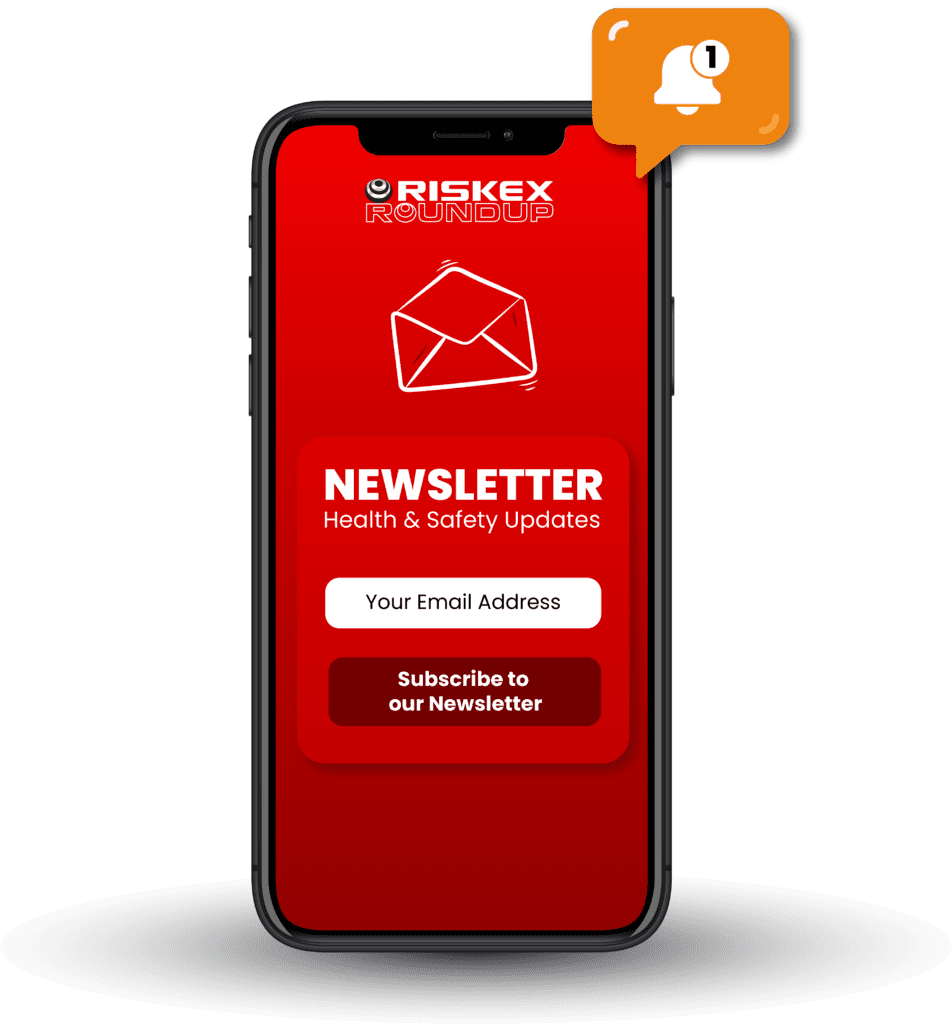When people think of workplace hazards, they will often times imagine construction sites or factories. However, offices also present numerous risks that can impact employee well-being.
Offices need to have hazards identified, risk assessments carried out in order to implement control measures to reduce the likelihood of a workplace incident occurring.
Here are ten office hazards you may be missing:
1. Ergonomic Issues

Poor workstation setup can lead to musculoskeletal disorders, including back pain and carpal tunnel syndrome. Over 20 million people in the UK, almost one third of the population, have a MSK condition such as arthritis or back pain.
Prevention:
- Ensure employees have adjustable chairs, ergonomic keyboards, and monitor stands to encourage proper posture.
- Offer ergonomic assessments and provide guidance on maintaining a healthy sitting posture.
Recognising and addressing these office hazards through ergonomic interventions can significantly reduce the incidence of MSDs.
2. Electrical Risks
Overloaded power strips, exposed wiring, or damaged equipment can cause electrical fires or shocks. Conduct regular inspections and encourage staff to report damaged cables or malfunctioning devices.
Prevention:
- Conduct regular inspections
- Use surge protectors
- Encourage staff to report damaged cables or malfunctioning devices.
3. Clutter and Trip Hazards
Boxes, cables, and bags left in walkways increase the risk of trips and falls. Implement clear storage policies and encourage employees to keep their spaces organised.
Prevention:
- Implement clear storage policies
- Encourage employees to keep their spaces organised
- Secure cables along walls or under desks using cable covers.
4. Air Quality Issues
Poor ventilation, dusty HVAC systems, or mold growth can affect indoor air quality. Schedule routine maintenance for air filters, encourage plants to improve air circulation, and consider air quality monitors.
Prevention:
- Schedule routine maintenance for air filters
- Encourage plants to improve air circulation
- Consider air quality monitors.
5. Inadequate Lighting
Dim or flickering lights can contribute to eye strain and increase accident risks. Regularly check and replace light bulbs, especially in stairwells and emergency exit routes.
Prevention:
- Regularly check and replace light bulbs especially in stairwells and emergency exit routes
- Ensure desk lighting is sufficient for detailed work.
6. Stress and Mental Health Hazards

High workloads, poor communication, and excessive screen time can harm employee mental well-being. Encourage stress management practices, provide mental health resources, and promote healthy work-life balance.
Prevention:
- Encourage stress management practices
- Provide mental health resources, promote healthy work-life balance, and implement flexible working arrangements where possible.
7. Improper Storage of Materials
Stacking heavy items on high shelves or improper filing system arrangements can cause injuries when items fall. Train employees on proper storage practices and ensure shelving is stable and secure.
Prevention:
- Train employees on proper storage practices
- Ensure shelving is stable and secure, and store heavier items on lower shelves.
8. Inadequate Fire Safety Measures

Blocked fire exits, expired extinguishers, or malfunctioning alarms can delay emergency response. Regular fire drills and equipment checks are essential for office safety.
Prevention:
- Conduct regular fire drills
- Inspect extinguishers
- Ensure all exit routes remain clear and well-marked.
9. Poor Hygiene Practices
Shared office equipment, dirty kitchens, and neglected restrooms can spread bacteria and viruses. Promote regular cleaning routines, provide disinfectants, and encourage hand hygiene.
Prevention:
- Promote regular cleaning routines
- Provide disinfectants
- Encourage hand hygiene with visible reminders and sanitizing stations.
10. Unsecured Data and Cybersecurity Threats
While not a traditional safety concern, data breaches can harm employees by exposing personal information. Implement cybersecurity training, enforce password policies, and use encryption for sensitive data.
Prevention:
- Implement cybersecurity training
- Enforce password policies, and use encryption for sensitive data.
- Encourage regular software updates and secure data backups.
Conclusion
Health and safety managers play a vital role in protecting employees from both visible and hidden dangers. By addressing these ten often-overlooked hazards, you can foster a safer and more productive workplace for everyone.
Ready to take your office safety to the next level?
Book a free demonstration of our risk assessment software today and discover how easy it is to identify, manage, and prevent workplace hazards with confidence!






